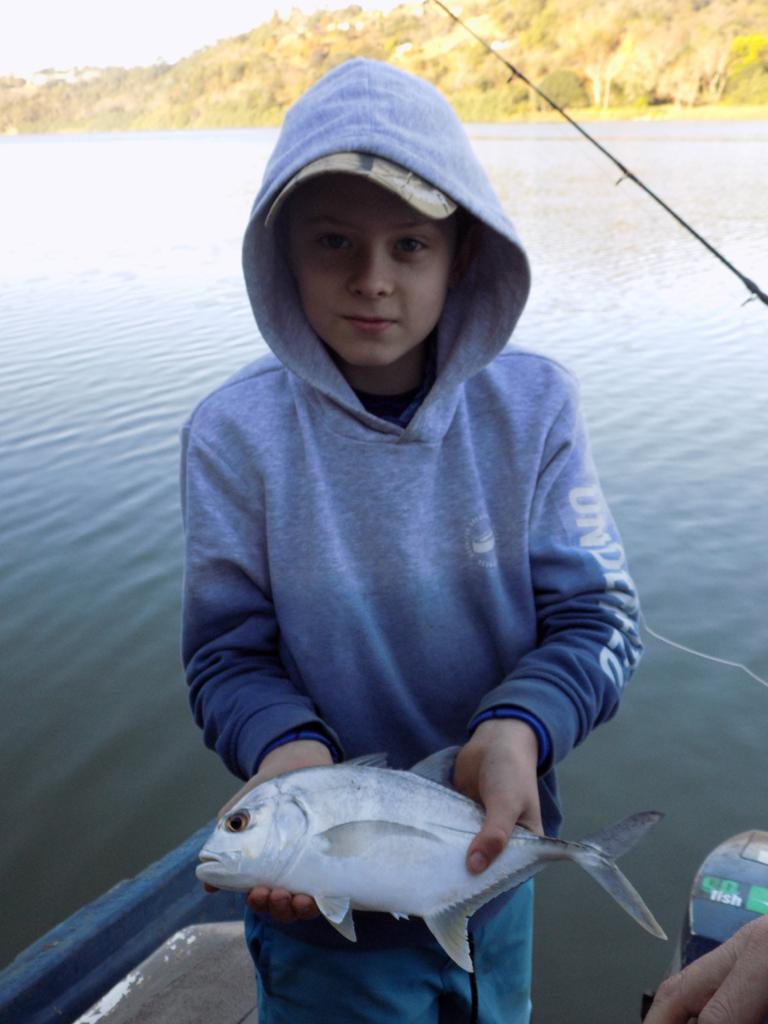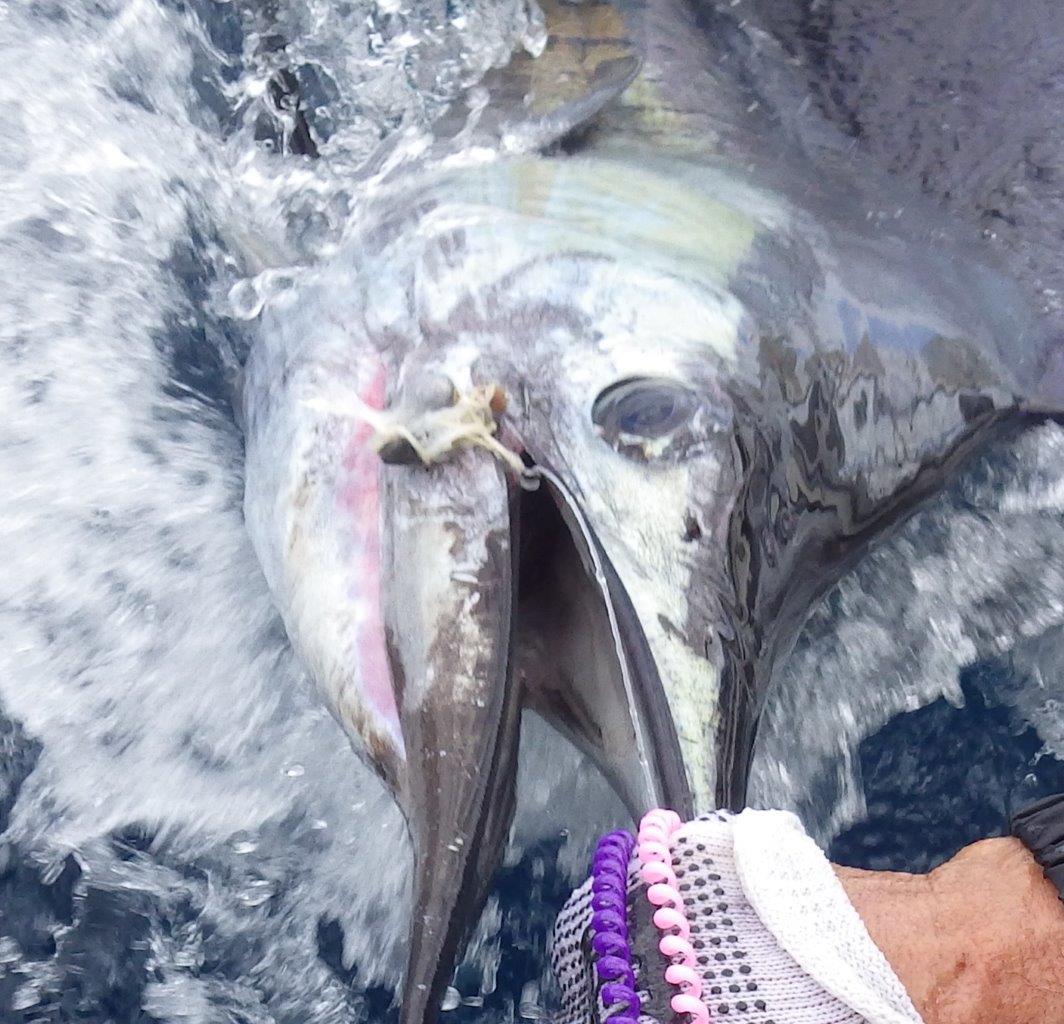Skills Sharpening
Insights, tips and secrets…
Video: Evan Phillips baby GT and Chelsea Dog Attack Behaviour
Video: Evan Phillips baby GT and Chelsea Dog Attack Behaviour In this video shot on a morning fishing trip on the Umzimkulu River – young Evan Phillips gets his baby GT. And we catch Chelsea Dog Attack Behaviour red-handed on camera. Again! A few pics of the Umzimkulu Marina, in Port Shepstone, where we are … Read more
Captain Matt Wainwright on the Umzimkulu
Captain Matt Wainwright on the Umzimkulu – “It’s my favourite place to fish away from home!” Matt Wainwright has been coming down the south coast to Port Shepstone from his home waters off Durban, for quite some time now. He used to just fish with us on the Niteshift, but soon he was towing his … Read more
The day the “mojo” worked: The Sailfish Interprovincial by Captain Len Mathews
The day the “mojo” worked: The Sailfish Interprovincial by Captain Len Mathews Mydo team rider Captain Len Mathews checks in with a fantastic roundup of his teams recent success at the 2018 Sailfish Interprovincial held at Sodwana recently. It is an extremely technical and thorough reference as to what it takes to consistently catch more … Read more





